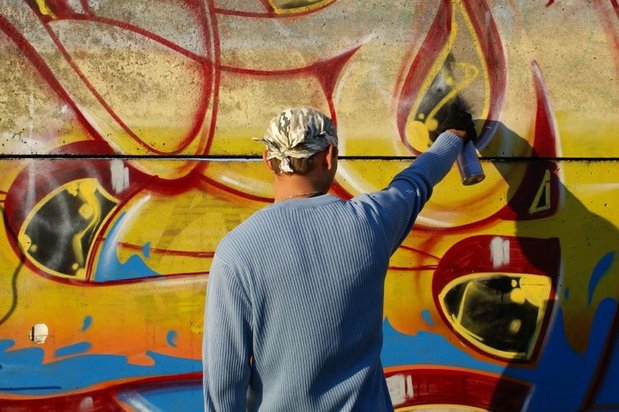Art therapy, as defined by the American Art Therapy Association, is "a mental health profession that uses the creative process of art-making to improve and enhance the physical, mental and emotional well-being of individuals of all ages."
Art therapy can be implemented in a variety of mental health and addiction recovery settings, with many different kinds of people. It has helped individuals work through past trauma, process emotions in a healthy way, and allowed for safe nonverbal communication with others.
While art therapy can be used in many different ways, it is especially helpful for people who are recovering from addiction.
Skills Learned in Art Therapy
There are several skills that are vital to recovery that can be improved through the use of art therapy. People can not only learn how to communicate feelings and conflicts by sharing and discussing their art but also learn that sharing feelings can be safe instead of scary.
For many, issues with trust are worked through by sharing artwork. Making art can also lead to an increase in self-respect and confidence, and enhance levels of patience and tolerance. Art therapy can also be used to address shame and strengthen self-efficacy.
Making art can also help people to identify and accept themselves. Many people new to recovery don't have a strong sense of who they really are, and making art can help a person gain a true sense of self. Art therapy can also help a person in recovery to explore the concept of a higher power, as there are many connections between art and spirituality. Some people have even said that they feel a natural "high" as a result of engaging in the creative process.
Therapeutic Aspects of Art
Art therapy can also be used to promote a sense of relaxation and well-being. Some people find that just the process of creating art is soothing, and they are able to enter a meditative state of being when fully engaged in this process.
People live a life of chaos while in active addiction - perhaps worrying about where or how to get the next fix, lying, stealing, hurting those that mean the most to them. In recovery, people have the opportunity to use art to calm the mind and free themselves from the chaotic life they were living.
One of the ways art therapy is most helpful to someone in recovery is by serving as a visual journal of the journey that person has taken in recovery. Art is a way of marking a period of time in a person's life, and looking back at art that has been created in the past can help a person in recovery to realize how much progress he has made. Art made in early recovery is bound to look much different than art produced after years of sobriety.
The connections between art and drug use have been seen in legends like Jimi Hendrix, Janis Joplin, and Jim Morrison. These artists struggled with addictions and used art to help them escape the difficulties that came as a result of living their everyday lives.
Art therapy aims to help those in recovery not to escape, but to participate in something life-affirming. Recovery can be found, enhanced, and maintained through the use of art therapy as a part of treatment.
Help is Available
If you or someone close to you is battling addiction, please visit our directory of treatment centers or call 800-772-8219 to speak with a treatment specialist.







